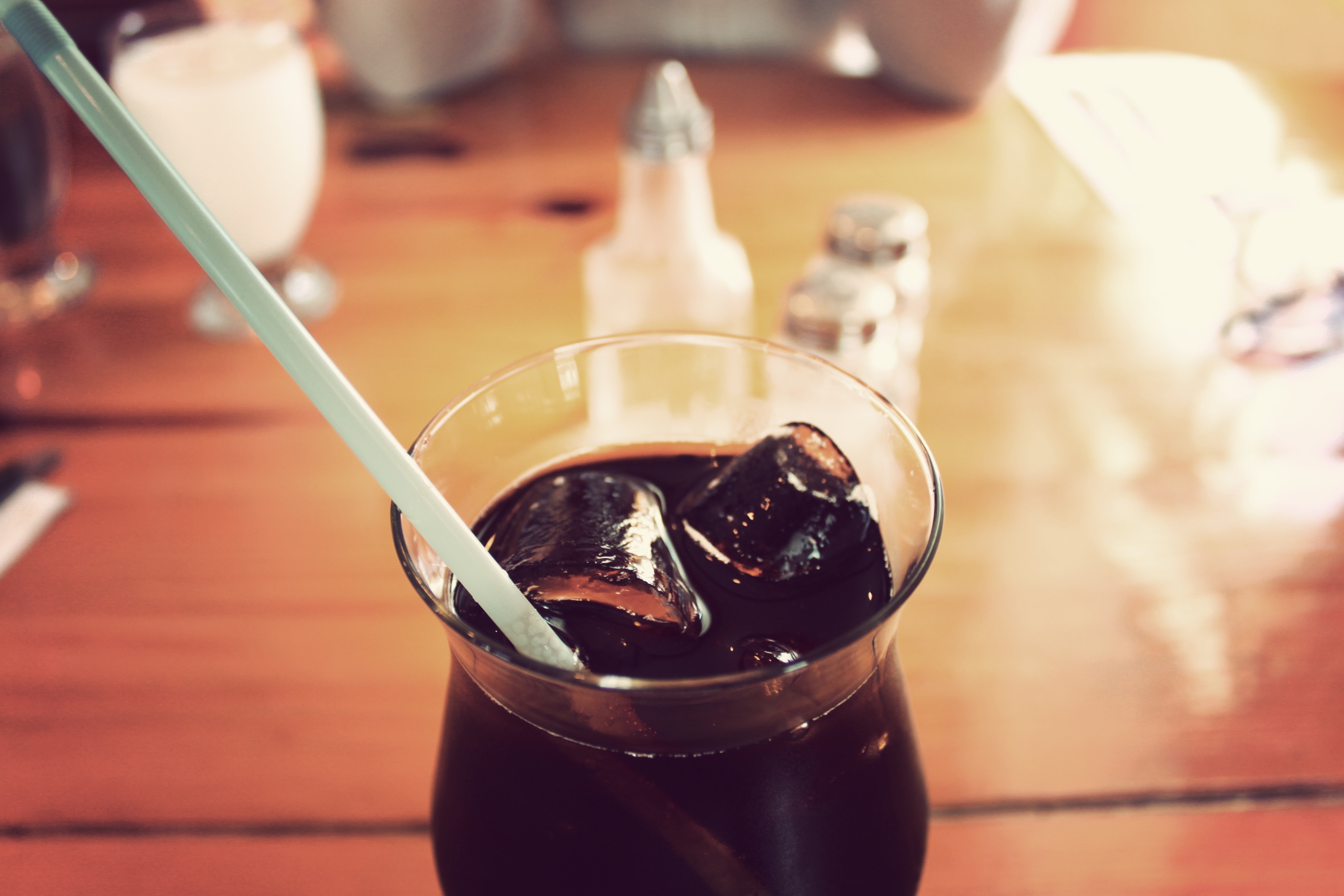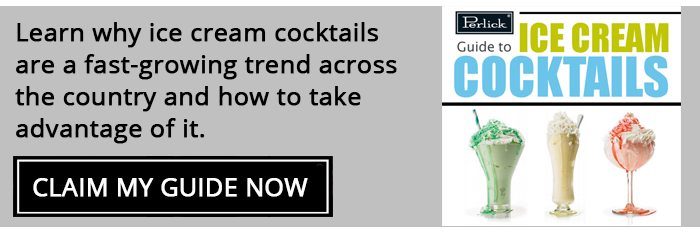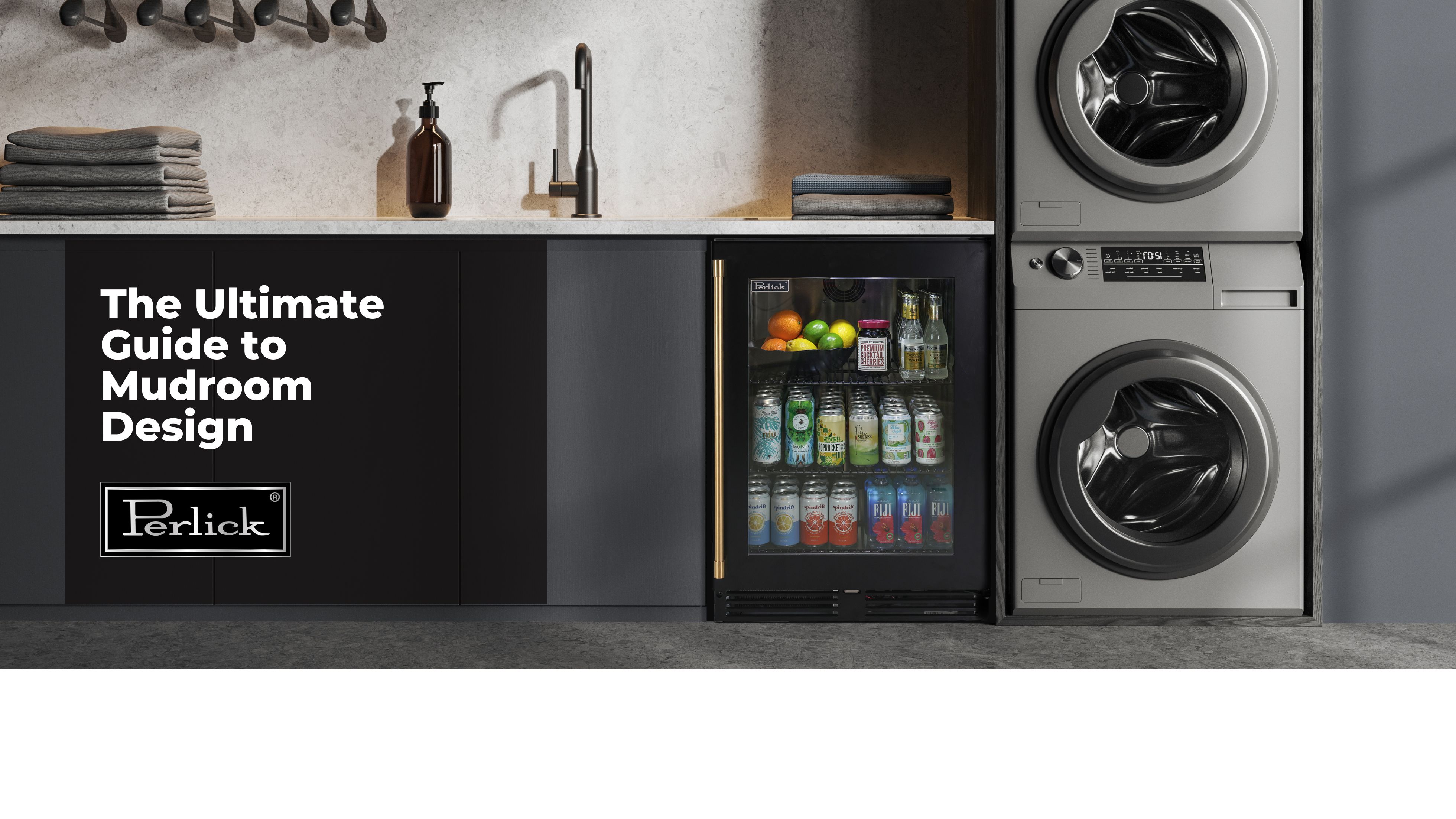It started last year, and the trend is continuing to grow. Hard root beer and other hard sodas are taking the country by storm. But what is hard soda, and how does its popularity translate to profitability for bar and restaurant operators?
The hard soda category includes standard cola flavors and derivatives like cherry cola, but the true leader in the category is hard root beer. Hard root beer exists as an anomaly somewhere between a fascination with American nostalgia and the ever-popular craft beer craze. Its unique flavor profile has made it one of the most popular beverage trends over the last year and a half, and it shows no signs of slowing.
Despite labeling that underscores its Americana appeal and hints of small batch production, hard root beer has some hefty industry backers. From Anheuser-Busch InBev's Best Damn Root Beer to Not Your Father's Root Beer with backing from Pabst, there is clearly profit potential in the hard root beer trend.
According to estimates from Chicago-based market research firm IRI, the addition of new brands over the last six months have pushed sales to more than $100 million, and that only includes multi-outlet and convenience store sales. Bars and restaurants also have an opportunity to capitalize as hard root beer sales soar.
The Logical Hard Root Beer Pairing
It goes without saying that the root beer float is one of America's greatest additions. With the emergence of hard root beer, the classic beverage dessert has gone to another level.
For bars and restaurants, the timing couldn't be better. In addition to the hard root beer trend, there's also been resurgence in the popularity of ice cream cocktails. From the grasshopper to the hard root beer float, opportunistic operators can take advantage of these trends.








